History of Baccarat
With the advancement of the Internet, it is now possible to play baccarat in online casinos.
Baccarat is a comparing card game, played between two opposing hands – the player and the banker. The game was first introduced in France in the late 15th Century and was devised by the gambler Felix Falguiere, based on an old ritual. In Etruscan Rome, the Nine Gods prayed to a golden-haired virgin who cast a nine-sided die at their feet; the number she threw determined whether she was crowned a priestess, or whether she was to walk into the sea.
Baccarat was designed with a similar partition of the numbers, where the fate of the gambler was determined by their hand. Each card has a different value, and the highest possible hand value is 9. A card or a hand with a value of zero is known as ‘a baccarat’.
Where once baccarat was a game exclusively played by the French elite, it eventually filtered down into casinos and became a popular game amongst many gamblers. With the advancement of the Internet, it is now also possible to play baccarat in online casinos such as Ladbrokes. Baccarat often attracts wealthy players, and separate rooms for high rollers are usually available in both real and online casinos.
Over time, different variations of the game have been developed, including the popular punto banco, chemin de fer and baccarat banque versions. Where punto banco is a game of chance - dictated by the cards dealt to the player - in both chemin de fer and baccarat banque, strategy and skill play a part; although the odds are still in favour of the banker.
Punto banco is the game played in the majority of casinos, where the casino banks the game at all times and both hands are dealt according to fixed drawing rules. If neither the player nor the banker is dealt a total of 8 or 9 in the first two cards, the game continues with either the player or the banker drawing a third card according to the rules (tableau). The croupier then announces the winner and bets paid.
Chemin de Fer, meaning ‘iron road’, was the original version of the game, and was named as such because the cards were placed in an iron box. Players sit in a random order, and take turns to shuffle the cards before the start of the game. Each player takes a turn as the banker, and after wagers are made, the banker deals two cards to himself, and two held in common by the other players.
As with punto banco, if neither the players nor banker has an 8 or 9, they can decide whether to accept or refuse a third card before the hands are compared and wagers paid out. The bank passes to another player when the banker loses, whereas in baccarat banque, the banker holds office until all cards have been dealt, or he retires the position voluntarily. Another difference is that rather than all players holding the cards in common, the table is split into two sides, playing against both each other and the banker.
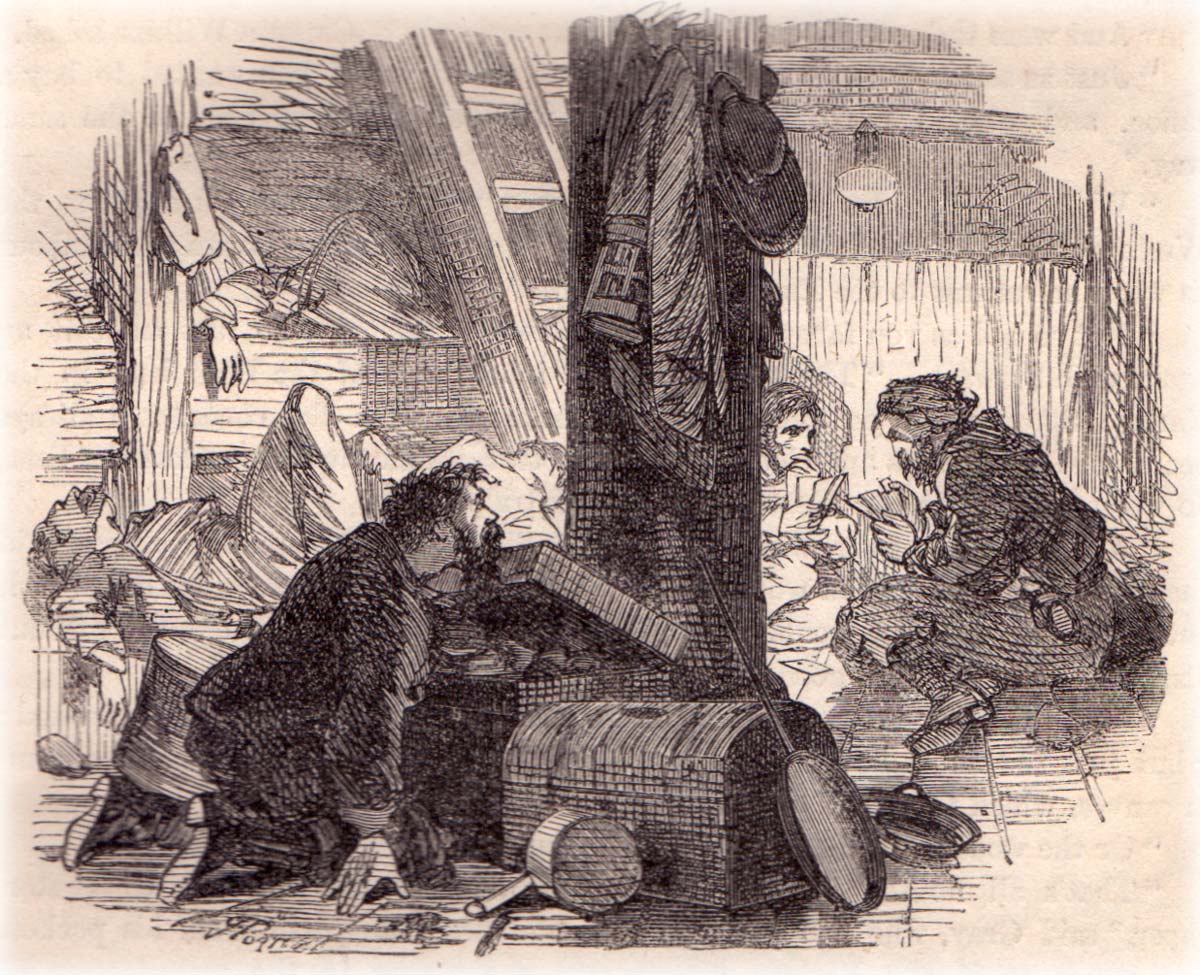
Above: "...in one corner there sat, by the pale light of an almost expiring tallow candle, two men playing cards, with the silent, earnest manner of those whose happiness or ruin depends on the chances of the coloured pieces of paper."
By Simon Wintle
Spain • Member since February 01, 1996 • Contact
I am the founder of The World of Playing Cards (est. 1996), a website dedicated to the history, artistry and cultural significance of playing cards and tarot. Over the years I have researched various areas of the subject, acquired and traded collections and contributed as a committee member of the IPCS and graphics editor of The Playing-Card journal. Having lived in Chile, England, Wales, and now Spain, these experiences have shaped my work and passion for playing cards. Amongst my achievements is producing a limited-edition replica of a 17th-century English pack using woodblocks and stencils—a labour of love. Today, the World of Playing Cards is a global collaborative project, with my son Adam serving as the technical driving force behind its development. His innovative efforts have helped shape the site into the thriving hub it is today. You are warmly invited to become a contributor and share your enthusiasm.

Related Articles
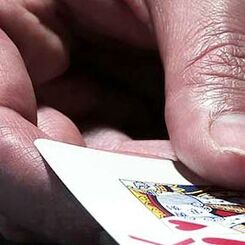
The Most Popular Card Games in Casinos
The Most Popular Card Games in Casinos by Katelyn Oakley.
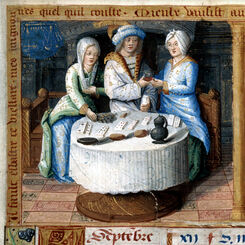
Gambling and Vice in the Middle Ages
Gambling and Vice in the Hours of Charles V: card-playing in the local tavern
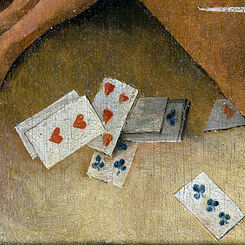
Hidden meanings in painting by Jheronimus Bosch
Medieval View of Gambling in the ‘Garden of Earthly Delights’ by Jheronimus Bosch
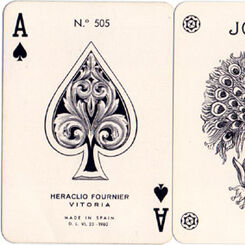
Poker Nº 505
Heraclio Fournier ‘Poker Nº 505’ for export to Argentina with elaborate peacock joker, c.1960.
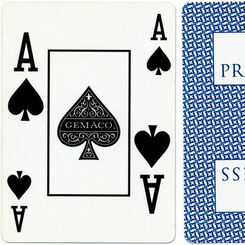
Gemaco
‘Gemaco’ playing cards produced for the Princess Cruises Casino.
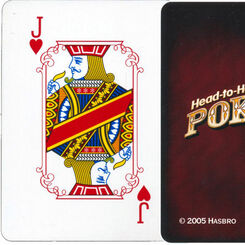
Head-to-Head Poker
“Head-to-Head” Poker by Parker Brothers (Hasbro), 2005
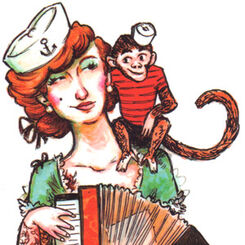
Poker Faces
Poker Faces playing cards were illustrated by Alex Elsen and published by Verlag Um Die Ecke, German...

Casino
“Casino” pack made by J. Müller & Cie & Cie, Schaffhouse. The pack was probably designed by Josef Ma...

A World Without Playing Cards
Card games are one of the oldest forms of entertainment.
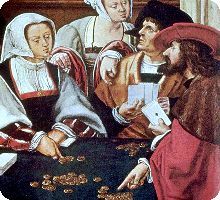
Playing Cards & Gaming
Soon after their first appearance in Europe we hear of playing cards being banned by the authorities...

Naipes Fantasio
Naipes Fantasio by Vigor S.A.C. e I., c.1960.

Casinos On The Internet
While card rooms and private gaming clubs may have been around for hundreds of years, the earliest k...

History of Online Casinos
Online casinos appeared shortly after the internet became a more mainstream tool for the public to u...

History of Poker
The origin of Poker - arguably the most influential card game of all time - is actually quite unclea...
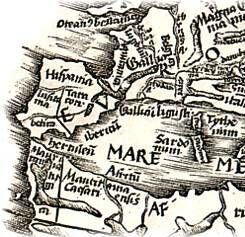
The History of Playing Cards
Playing Cards have been around in Europe since the 1370s. Some early packs were hand painted works o...
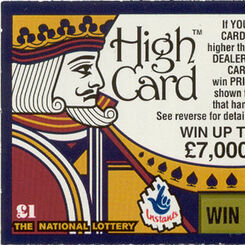
Lottery Scratch Playing Card
Move your mouse over the scratch area...

History and Evolution of Spades
History and Evolution of Spades
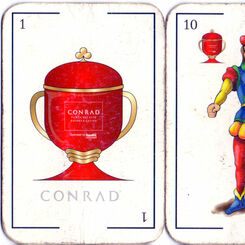
Conrad Punta del Este Resort & Casino
Naipes Conrad Punta del Este Casino playing cards produced specially for Conrad Punta del Este Resor...
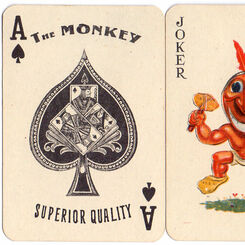
The Monkey
‘The Monkey’ poker playing cards manufactured by M.C. de Casabó Ltda, Uruguay, c.1950.
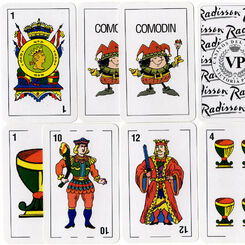
Radisson Hotels
Playing cards for Radisson Hotels - Casinos del Estado - Victoria Plaza, Montevideo, Uruguay, c.2009...
Most Popular
Our top articles from the past 60 days






















